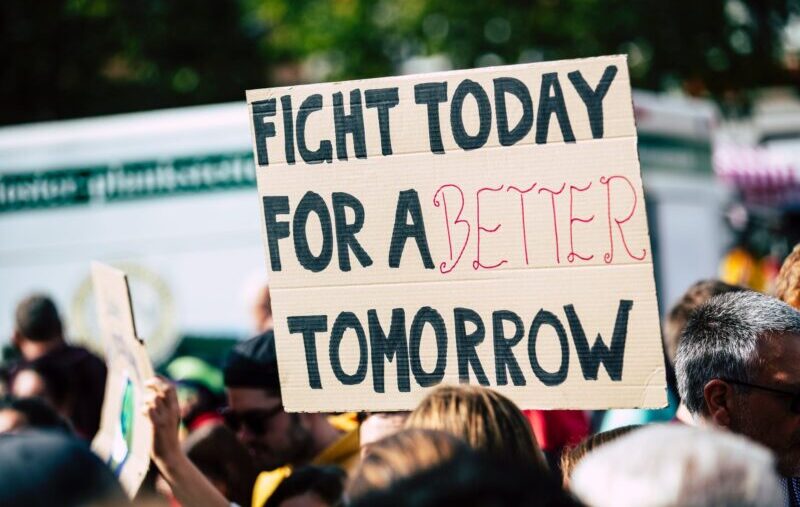I share my home with a few very capable Girl Scouts. One thing they know, that seems so easy to forget, is that a fire is still a fire until it is completely out.
I think it’s the human condition to “put the fire out” quickly using immediate but insufficient measures. We pour some water on it, kick some sand over it, cover it up somehow and assume that being doused or starved of oxygen the fire no longer has a life. But we know that even if only one ember remains there is still a chance that in the right conditions it will come back to life. If we have convinced ourselves otherwise, that resurgence is a most unwelcome, often very dangerous surprise.
I see this play out where I spend most of my time, in organizational life in interactions with leaders and teams.
The quick fix of a shift in responsibilities, a new assignment, or a new reporting line is often the equivalent of that quickly tossed bucket of water. It seems like real change, but the burning underneath is still very real, undaunted by the cosmetic overhaul. When we fail to address the true source of the heat, we fail to address the true nature of what’s occurring.
So often those surface level changes are made from a place of good intent, a belief that in new circumstances old behaviors will diminish or even disappear. Sometimes they do, but most often it’s a temporary shift that satisfies us in the short-term, only to disappoint us further down the line.
That last burning ember doesn’t give up easily. It’s still burning even when it looks like it’s not. Our job, the leader’s job, is to make absolutely sure.
DAVID BERRY is the author of “A More Daring Life: Finding Voice at the Crossroads of Change” and the founder of RULE13 Learning. He speaks and writes about the complexity of leading in a changing world. Connect with him on Twitter at @berrydavid.




